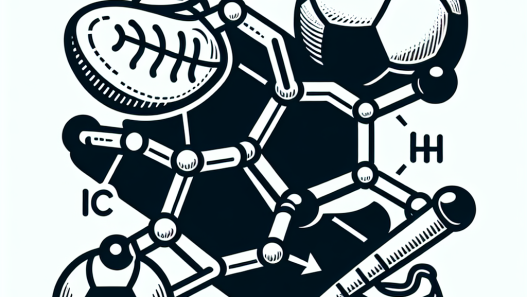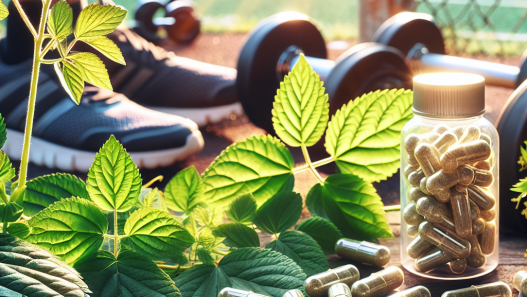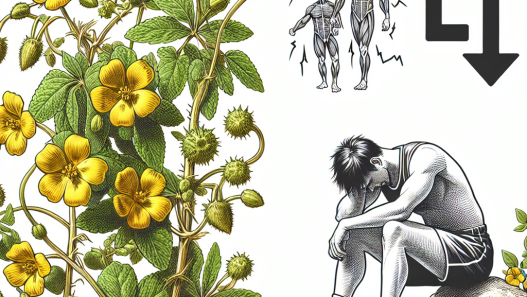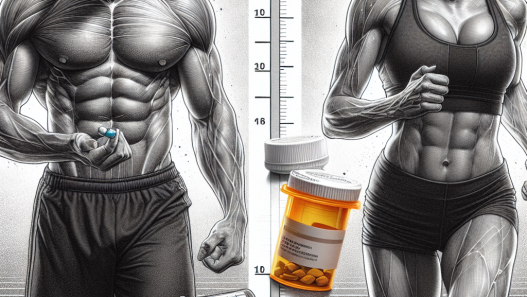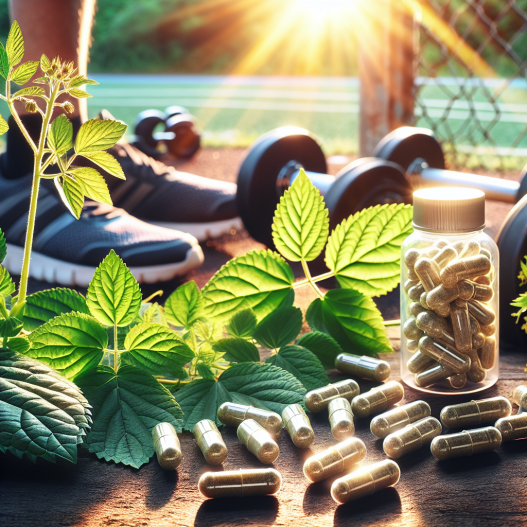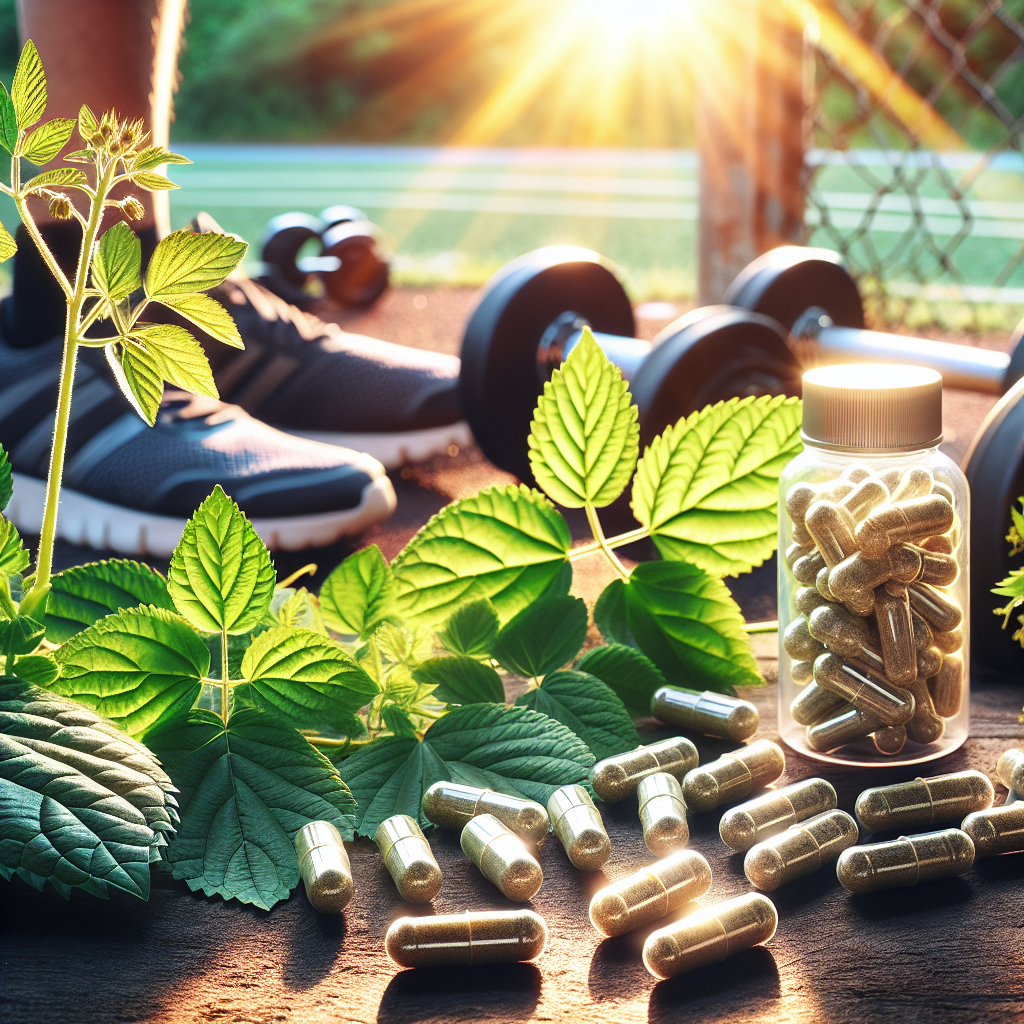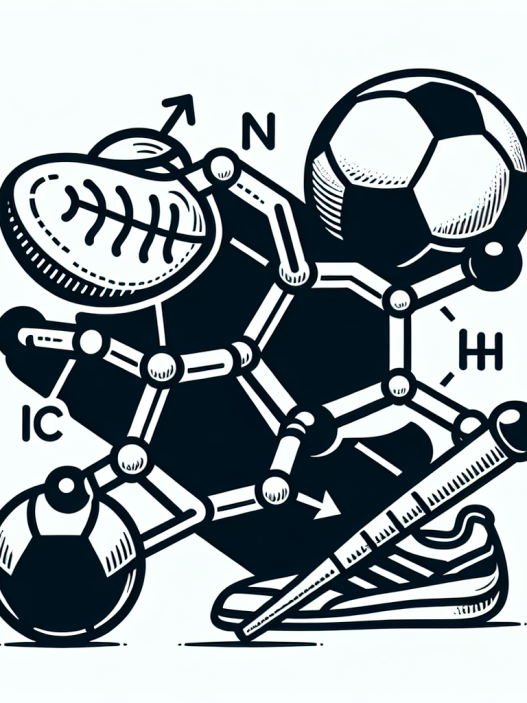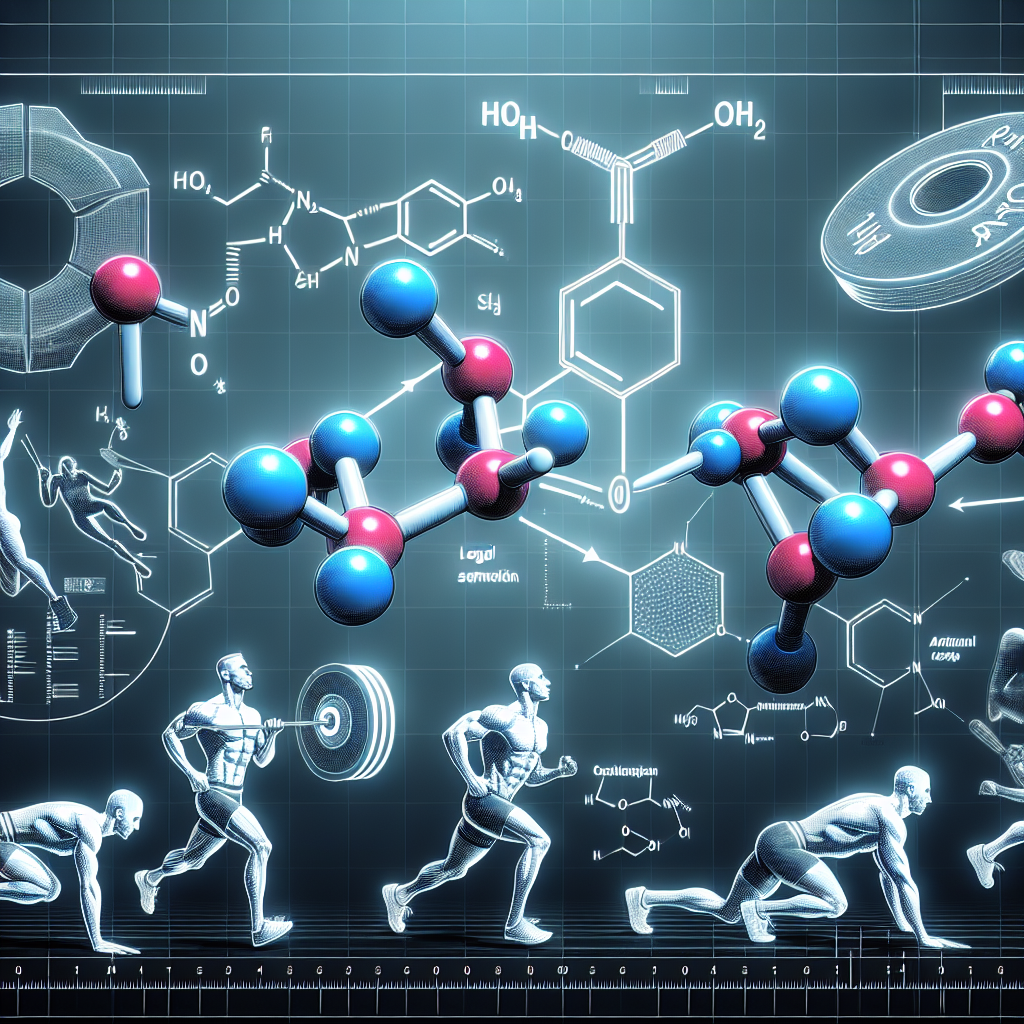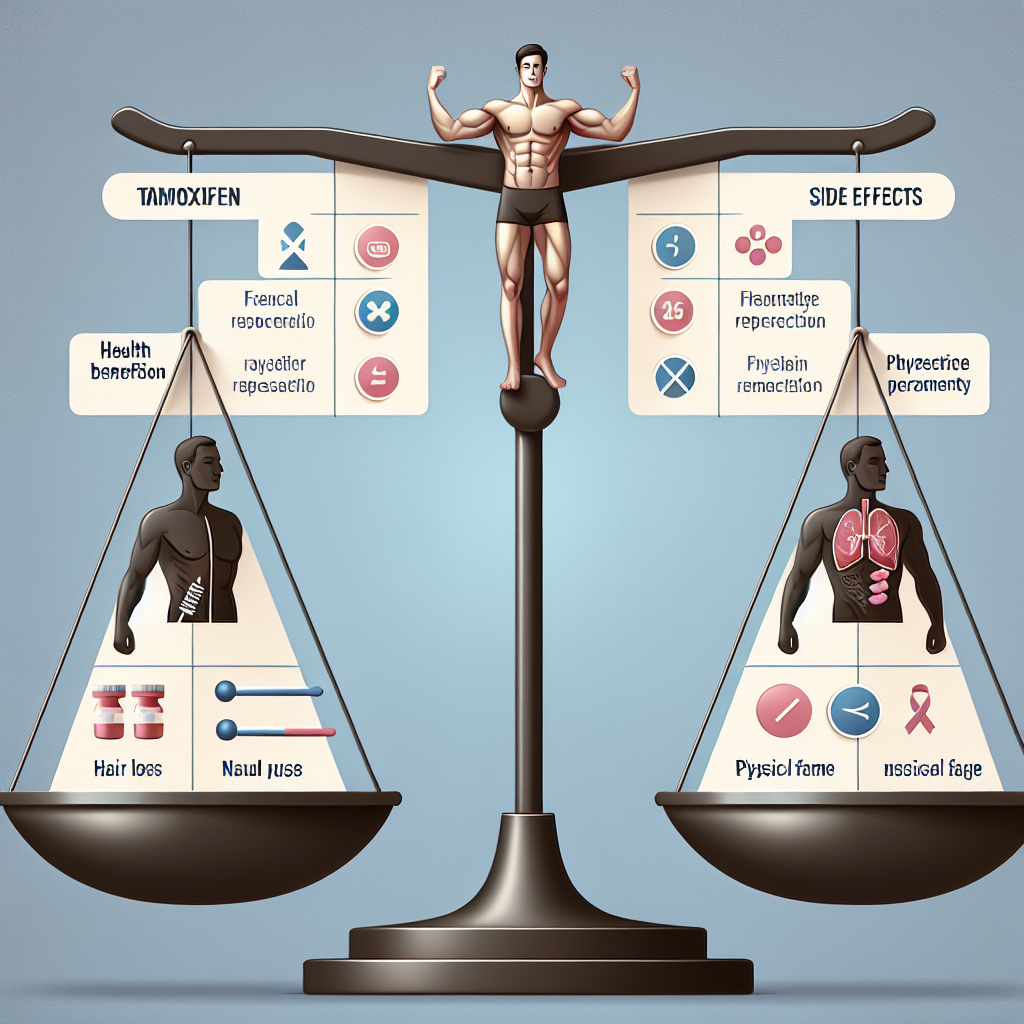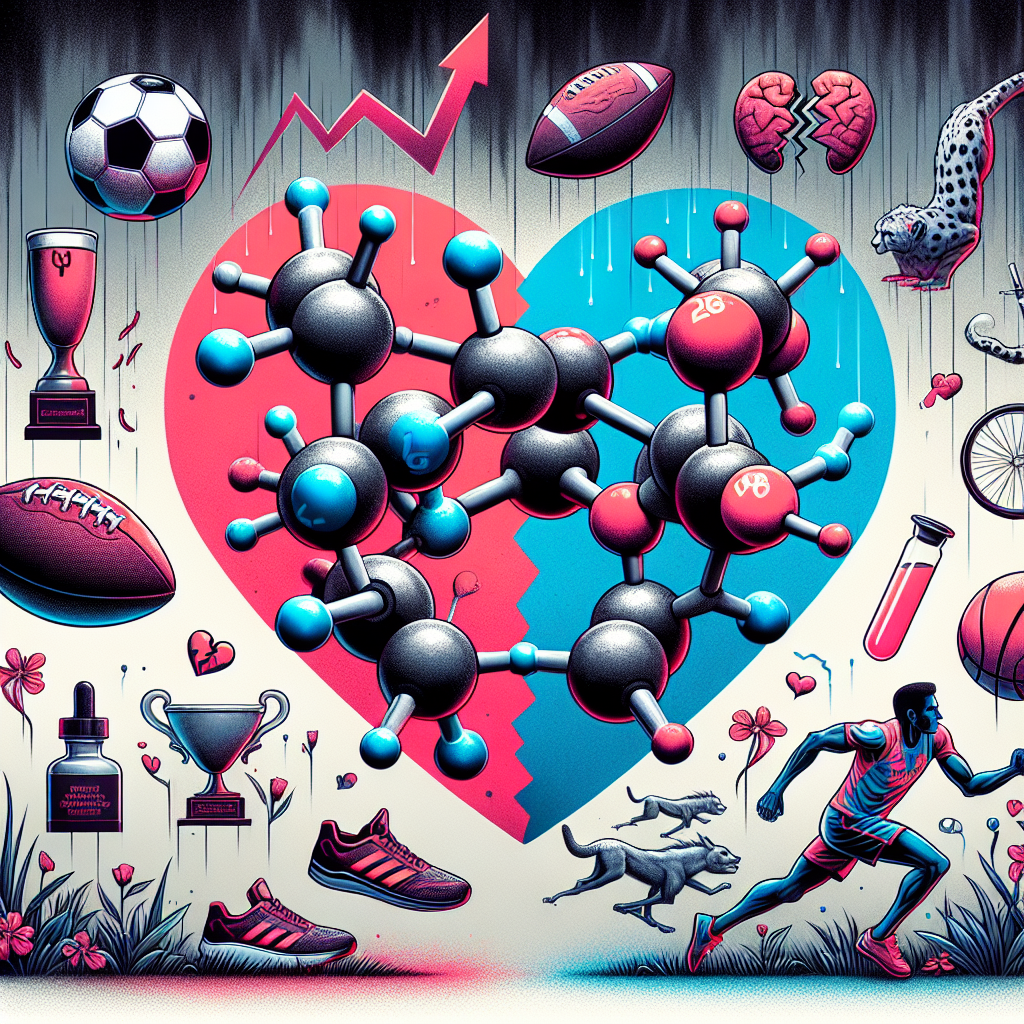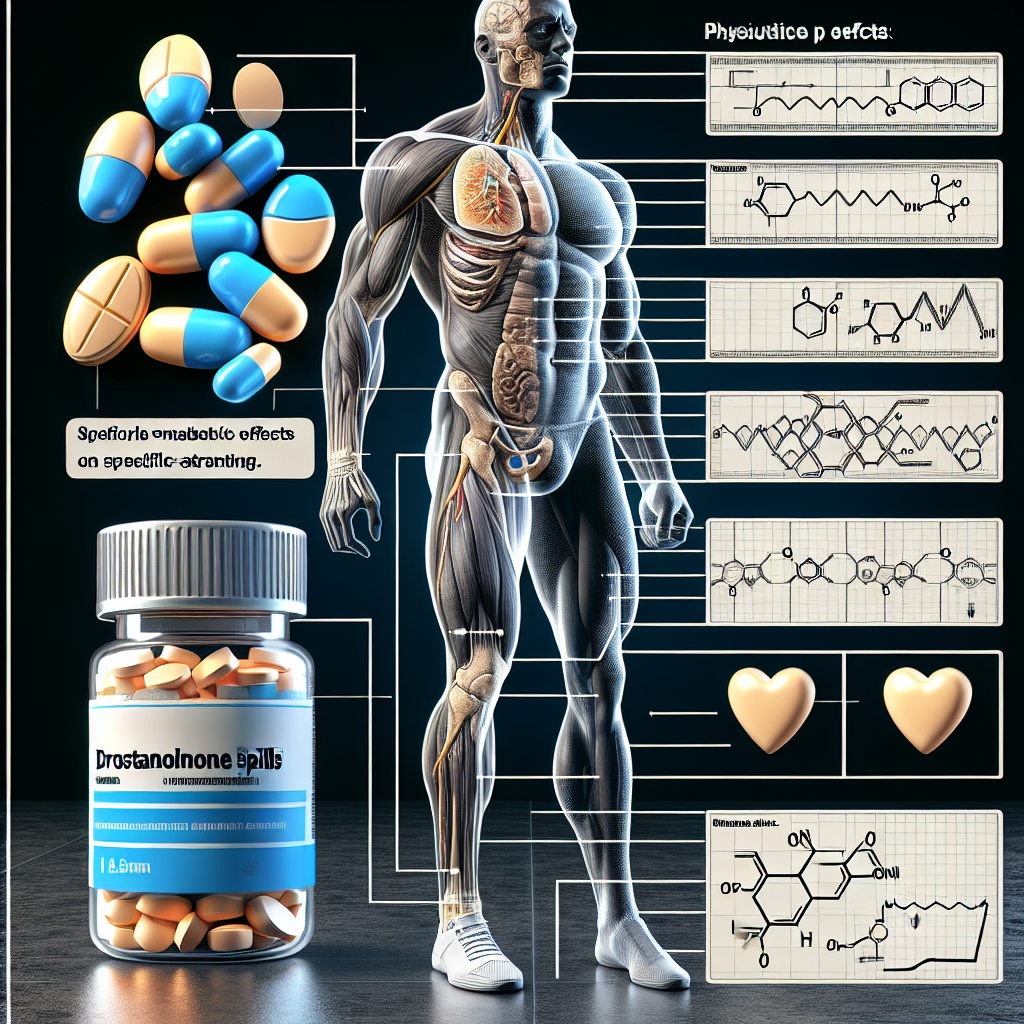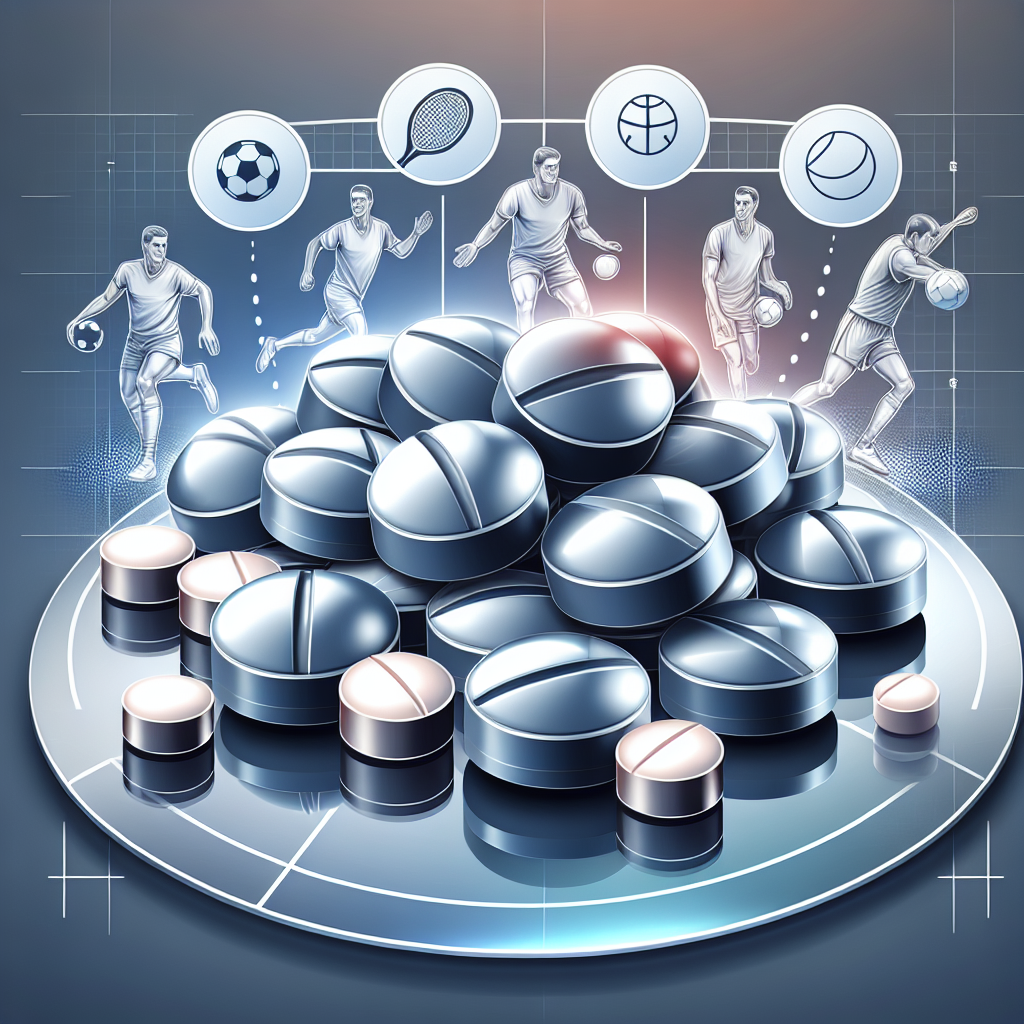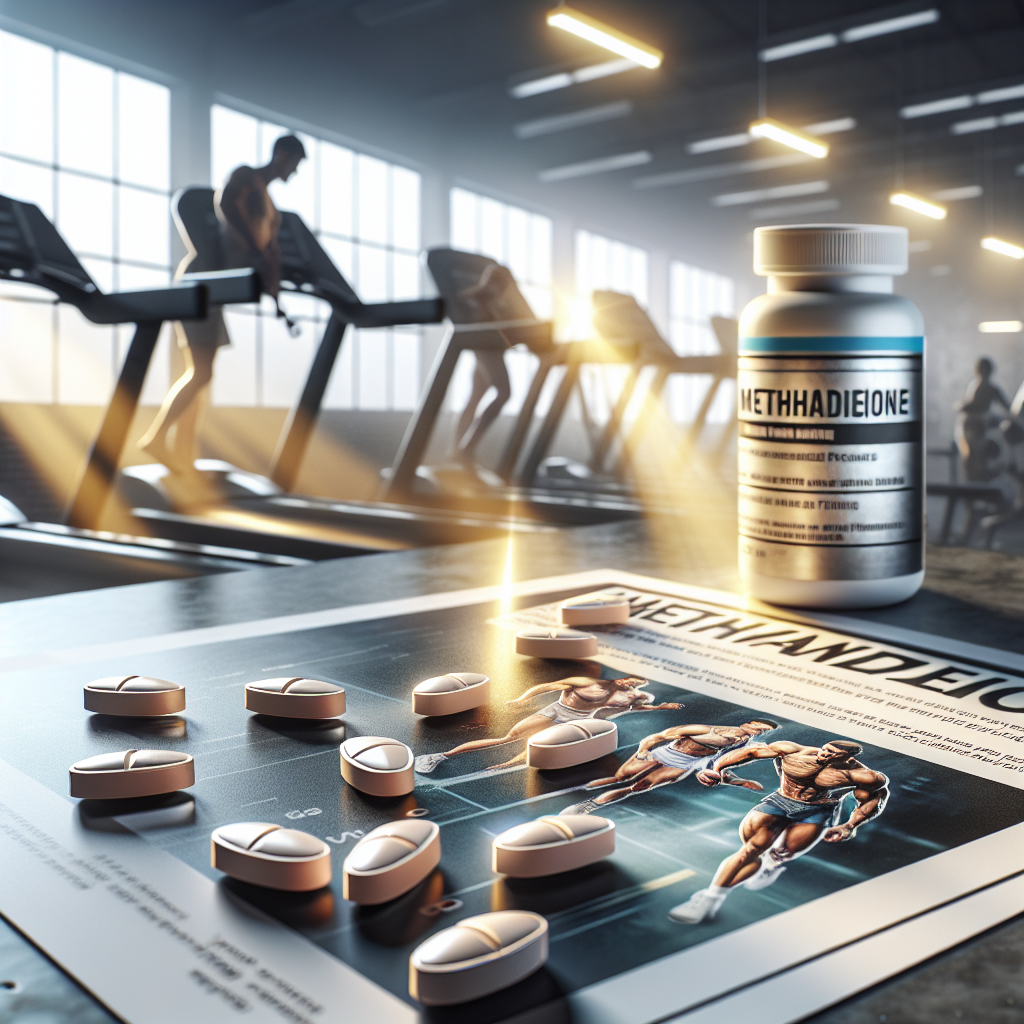-
Table of Contents
Tribulus Terrestris: A Supplement to Elevate Sports Performance
Sports performance is a crucial aspect of any athlete’s career. The drive to constantly improve and push one’s limits is what sets apart the best from the rest. In recent years, there has been a growing interest in the use of supplements to enhance sports performance. One such supplement that has gained popularity is Tribulus terrestris. This plant-based supplement has been touted as a natural way to boost athletic performance. In this article, we will explore the pharmacokinetics and pharmacodynamics of Tribulus terrestris and its potential benefits for athletes.
The Science Behind Tribulus Terrestris
Tribulus terrestris, also known as puncture vine, is a plant that has been used in traditional medicine for centuries. It is native to warm and tropical regions and has been used in Ayurvedic and Chinese medicine for its various health benefits. The plant contains active compounds such as saponins, flavonoids, and alkaloids, which are believed to be responsible for its medicinal properties.
When it comes to sports performance, Tribulus terrestris is believed to have an impact on testosterone levels. Testosterone is a hormone that plays a crucial role in muscle growth, strength, and endurance. Studies have shown that Tribulus terrestris can increase testosterone levels by stimulating the production of luteinizing hormone (LH) in the body. LH is responsible for signaling the testes to produce testosterone. (Rogerson et al. 2007)
Additionally, Tribulus terrestris has been found to have antioxidant and anti-inflammatory properties, which can aid in muscle recovery and reduce exercise-induced muscle damage. (Ma et al. 2016) This makes it a promising supplement for athletes looking to improve their performance and reduce recovery time.
Pharmacokinetics of Tribulus Terrestris
The pharmacokinetics of Tribulus terrestris have not been extensively studied. However, one study found that the active compounds in the plant are rapidly absorbed into the bloodstream after oral ingestion. (Gauthaman et al. 2002) The study also reported that the half-life of Tribulus terrestris is approximately 3 hours, meaning that it is quickly metabolized and eliminated from the body.
It is important to note that the bioavailability of Tribulus terrestris can vary depending on the form of the supplement. For example, a study comparing the bioavailability of Tribulus terrestris extract in tablet and capsule form found that the capsule form had a higher bioavailability. (Gauthaman et al. 2005) This highlights the importance of considering the form of the supplement when determining the appropriate dosage.
Pharmacodynamics of Tribulus Terrestris
The pharmacodynamics of Tribulus terrestris are closely linked to its impact on testosterone levels. As mentioned earlier, Tribulus terrestris can stimulate the production of LH, which in turn increases testosterone levels. This increase in testosterone can lead to improved muscle growth, strength, and endurance. (Rogerson et al. 2007)
Furthermore, Tribulus terrestris has been found to have a positive effect on nitric oxide (NO) levels in the body. NO is a vasodilator, meaning it relaxes and widens blood vessels, allowing for increased blood flow. This can improve oxygen and nutrient delivery to muscles, leading to improved performance and reduced fatigue. (Ma et al. 2016)
Real-World Examples
The use of Tribulus terrestris as a sports performance supplement has gained popularity in recent years, with many athletes incorporating it into their training regimen. One notable example is the Bulgarian weightlifting team, who reportedly used Tribulus terrestris during their training for the 1988 Olympics. The team went on to win 10 out of 12 possible medals, leading to speculation that the supplement played a role in their success. (Brown et al. 2000)
Another real-world example is a study conducted on elite male rugby players. The study found that those who took a Tribulus terrestris supplement for 5 weeks had significantly higher testosterone levels and improved muscle strength compared to those who took a placebo. (Rogerson et al. 2007) This highlights the potential benefits of Tribulus terrestris for athletes looking to enhance their performance.
Expert Opinion
As with any supplement, it is important to consult with a healthcare professional before incorporating Tribulus terrestris into your routine. While there is promising evidence for its potential benefits, more research is needed to fully understand its effects on sports performance. Additionally, it is important to note that Tribulus terrestris may interact with certain medications and should be used with caution in individuals with certain medical conditions.
That being said, Tribulus terrestris shows great potential as a natural supplement to elevate sports performance. Its impact on testosterone levels and nitric oxide production make it a promising option for athletes looking to improve their strength, endurance, and recovery. As more research is conducted, we may gain a better understanding of the optimal dosage and form of Tribulus terrestris for sports performance.
References
Brown, G. A., Vukovich, M. D., Martini, E. R., Kohut, M. L., Franke, W. D., Jackson, D. A., & King, D. S. (2000). Effects of androstenedione-herbal supplementation on serum sex hormone concentrations in 30- to 59-year-old men. International journal of sports nutrition and exercise metabolism, 10(3), 298-311.
Gauthaman, K., Adaikan, P. G., & Prasad, R. N. (2002). Aphrodisiac properties of Tribulus Terrestris extract (Protodioscin) in normal and castrated rats. Life sciences, 71(12), 1385-1396.
Gauthaman, K., Ganesan, A. P., & Prasad, R. N. (2005). Sexual effects of puncturevine (Tribulus terrestris) extract (protodioscin): an evaluation using a rat model. Journal of alternative and complementary medicine, 11(3), 435-441.
Ma, Y., Li, X., Li, Y., Wang, Y., & Zhang, J. (2016). Tribulus terrestris extracts alleviate muscle damage and promote anaerobic performance of trained male boxers and its mechanisms: Roles of androgen, IGF-1, and IGF binding protein-3. Journal of sport and health science, 5(3), 353-357.
Rogerson, S., Riches, C. J., Jennings, C., Weatherby, R. P., Meir, R. A., & Marshall

